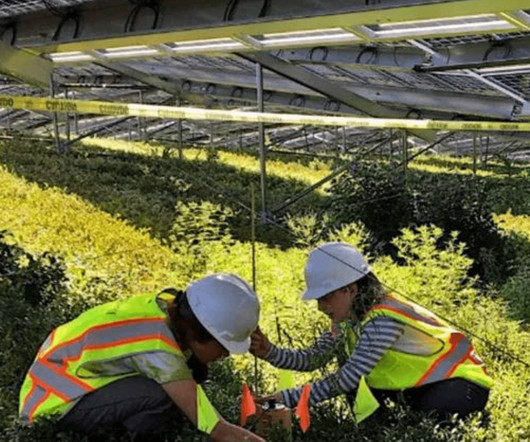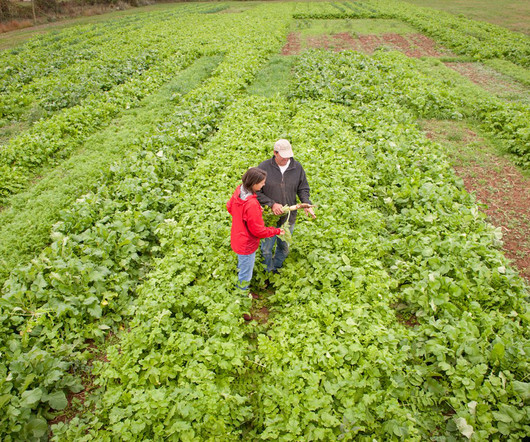Is Soil Testing Worth It?
Trimble Agriculture
DECEMBER 21, 2023
If you’re an agricultural landowner, chances are you’ve used soil testing to customize fertilization, optimize soil health, and maximize crop yields. If livestock are eating higher quality forage, they are more likely to grow better and have an overall healthier lifestyle,” says Cameron Flowers, Managing Director for AgAmerica. “If












Let's personalize your content